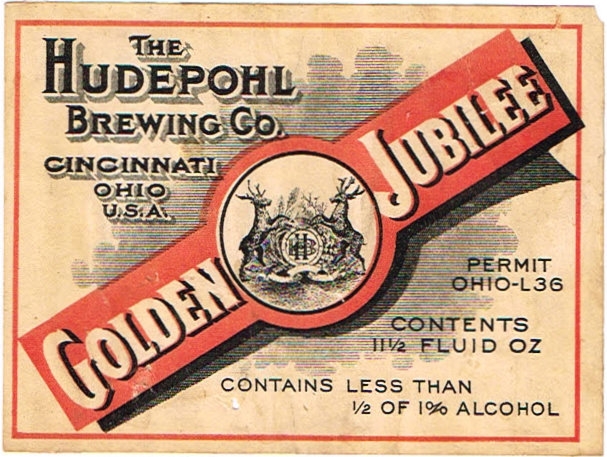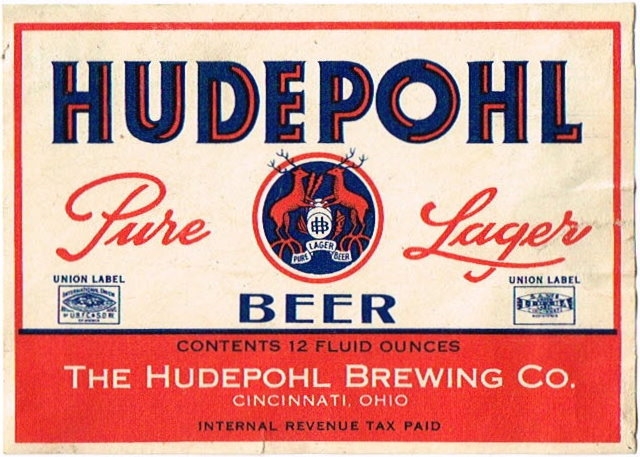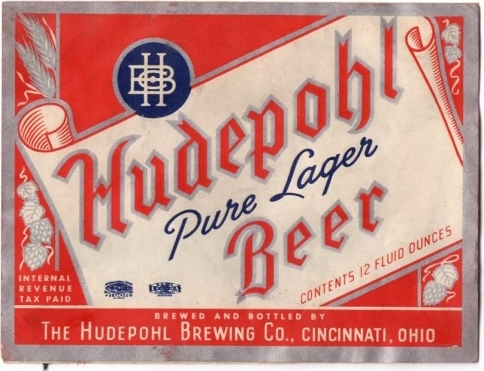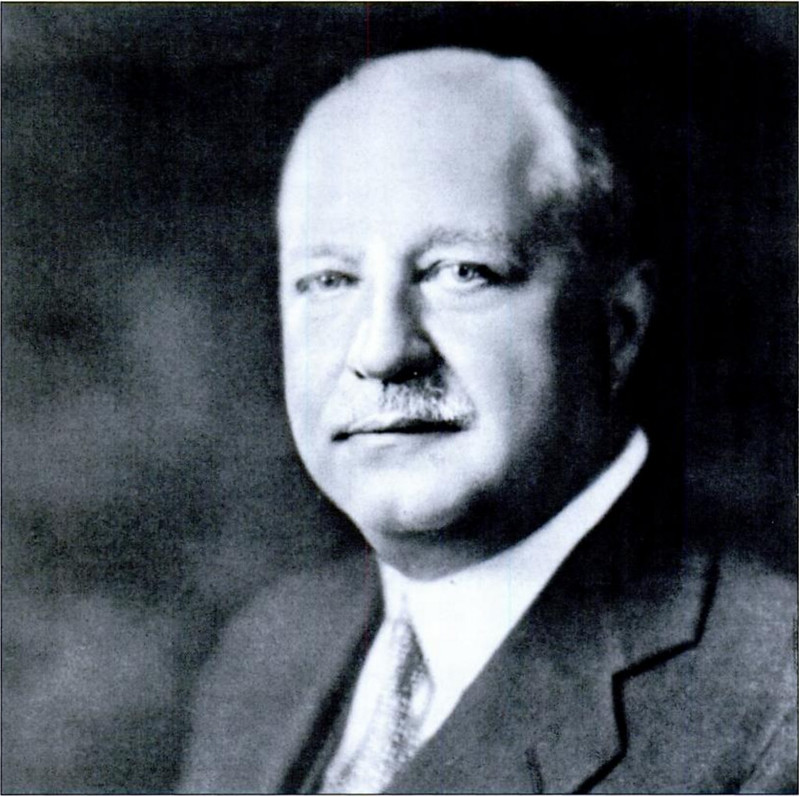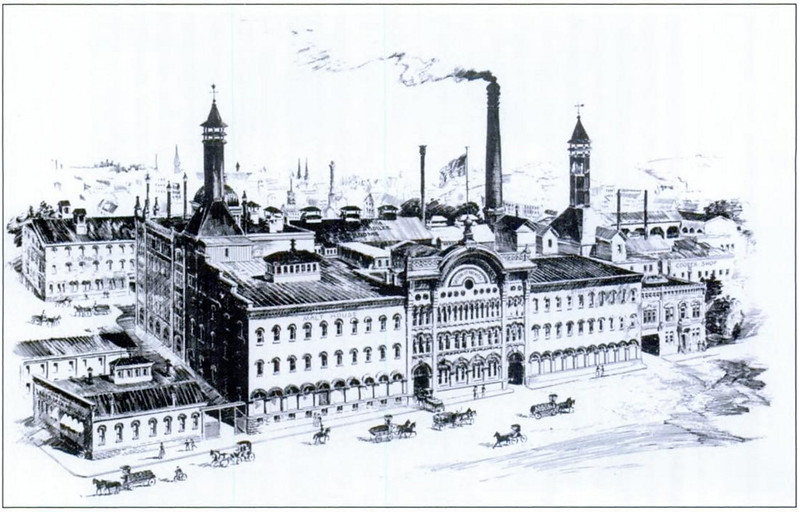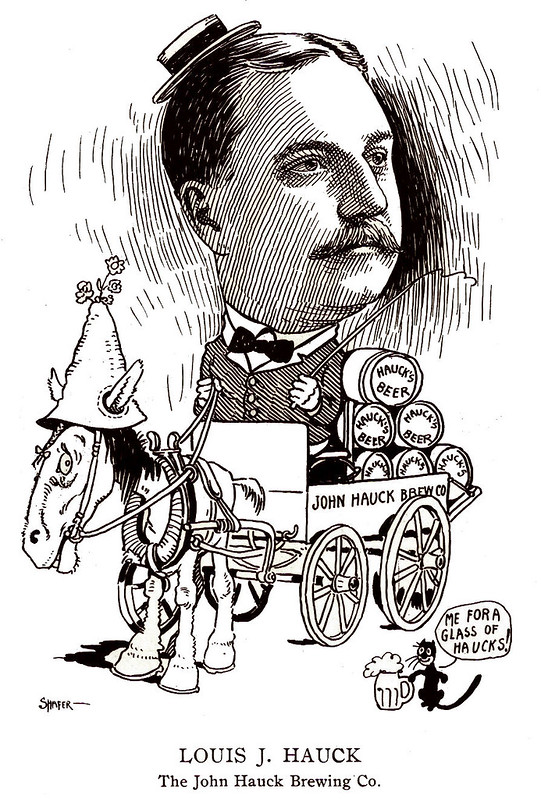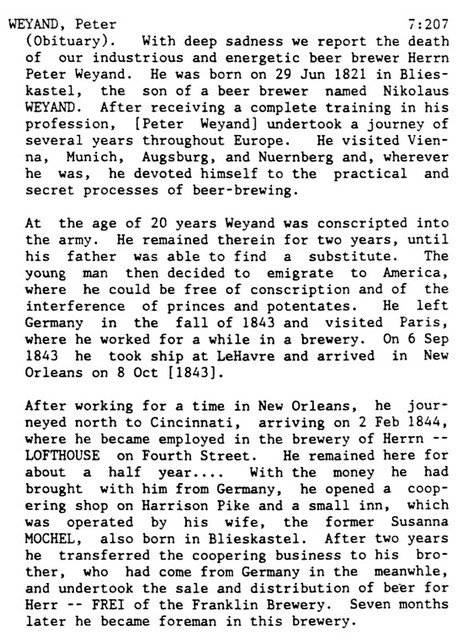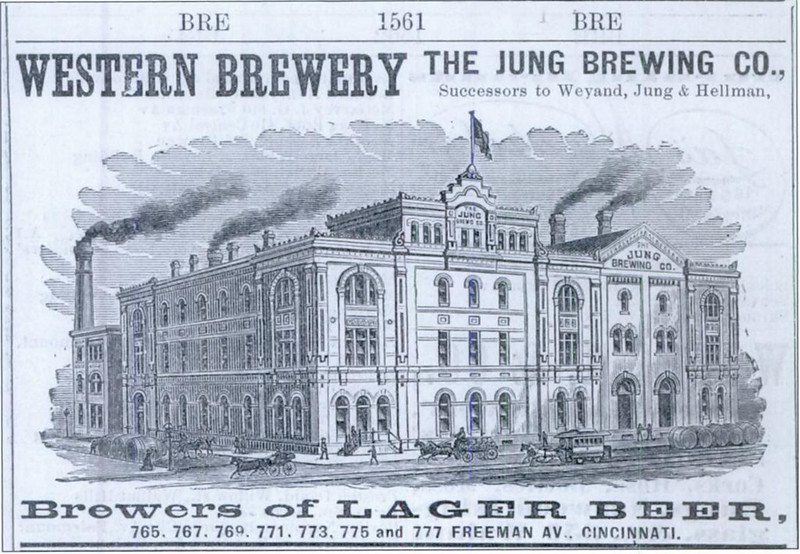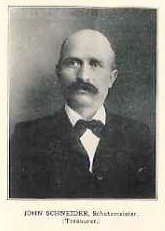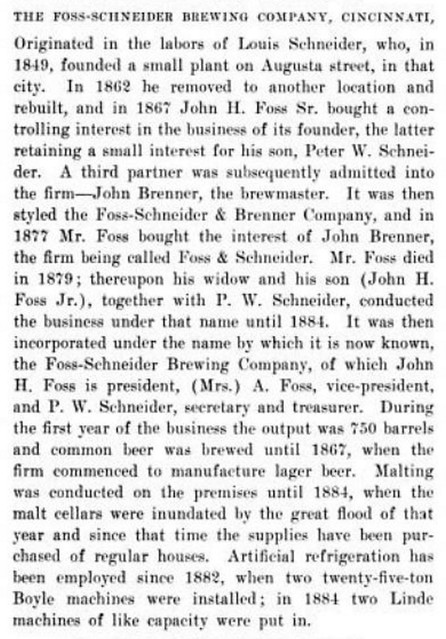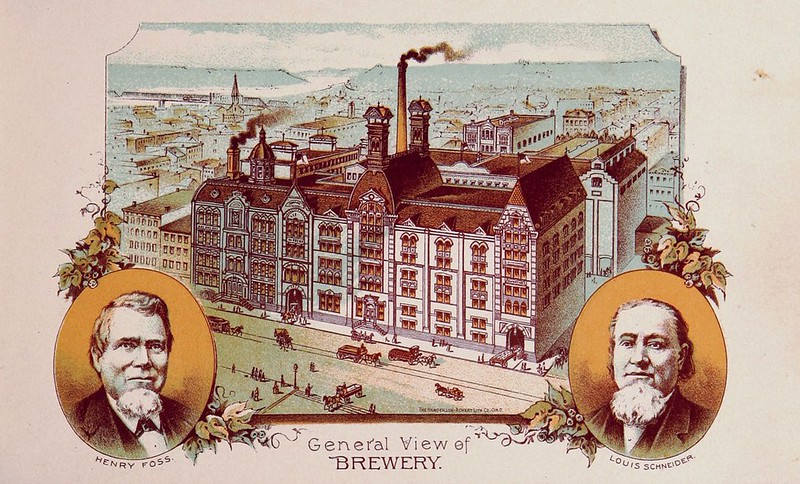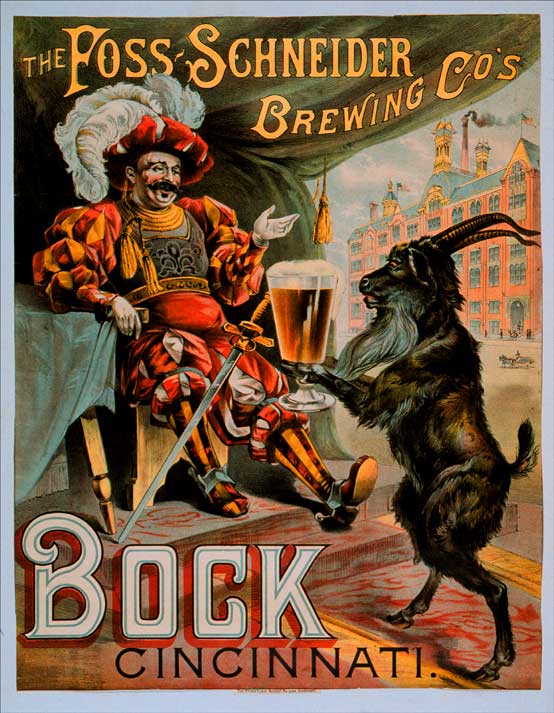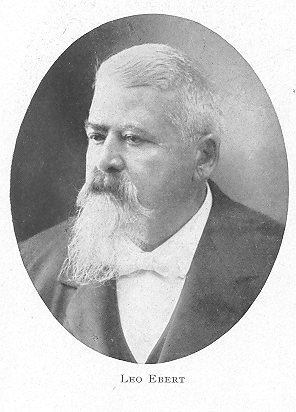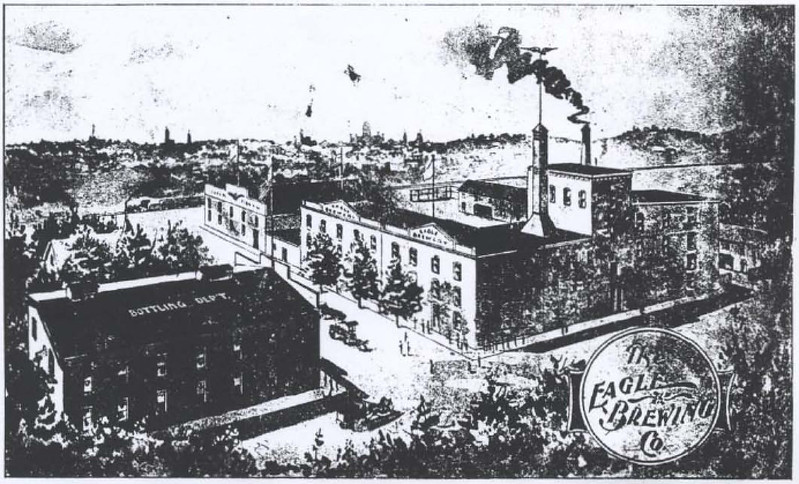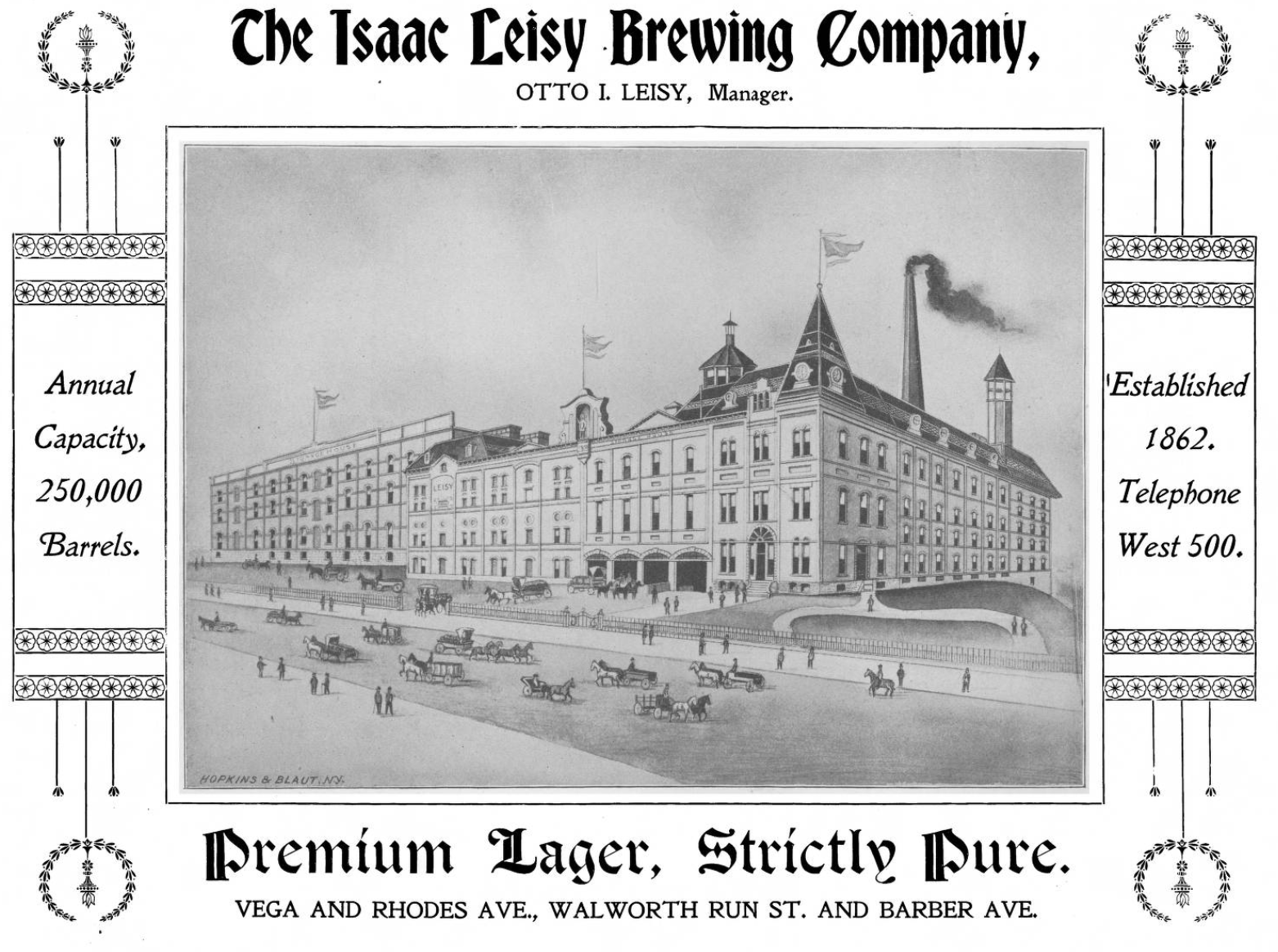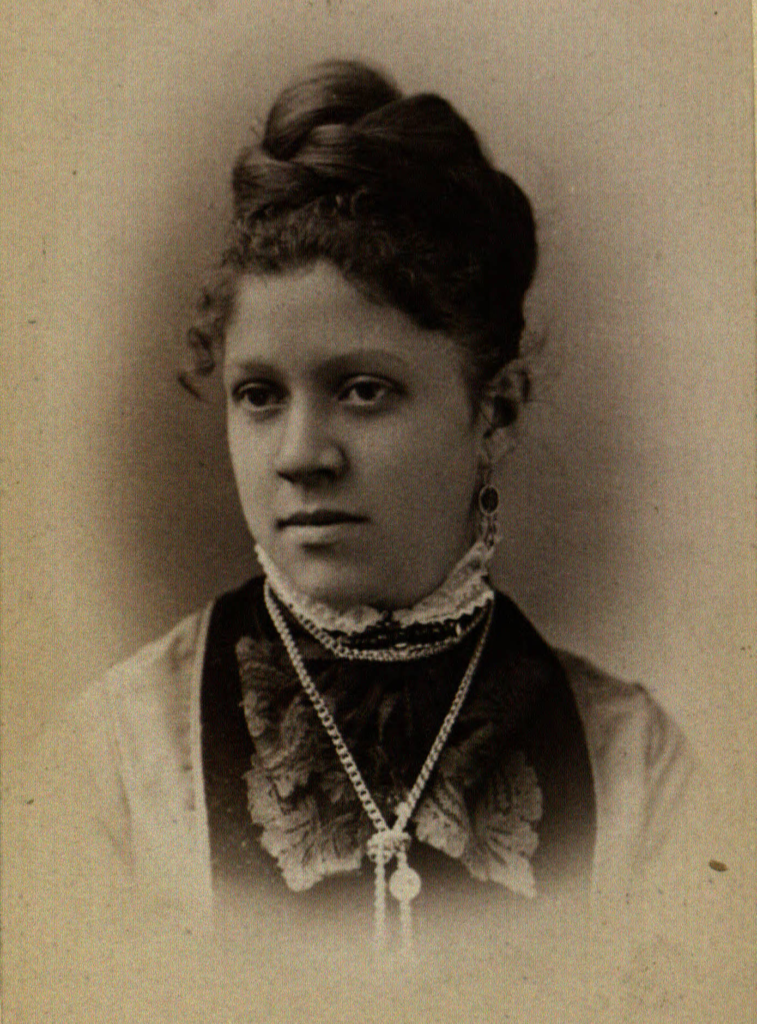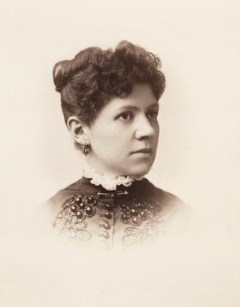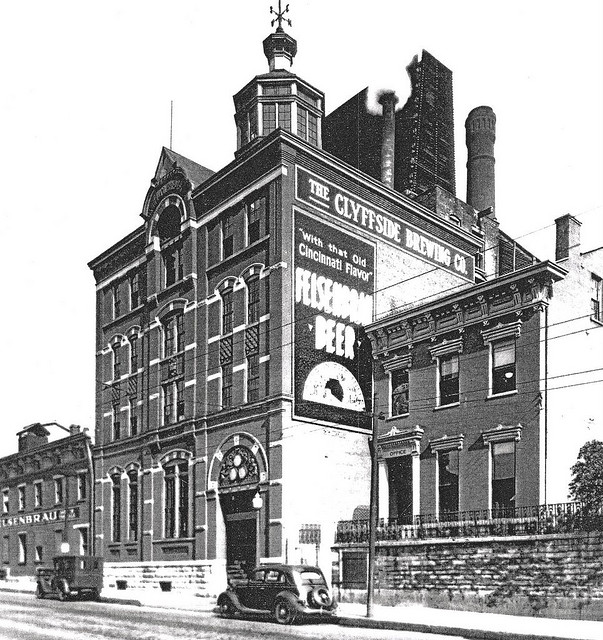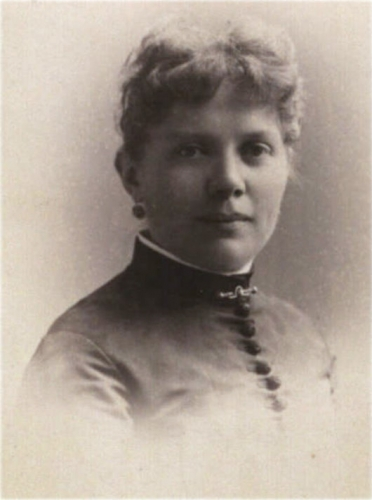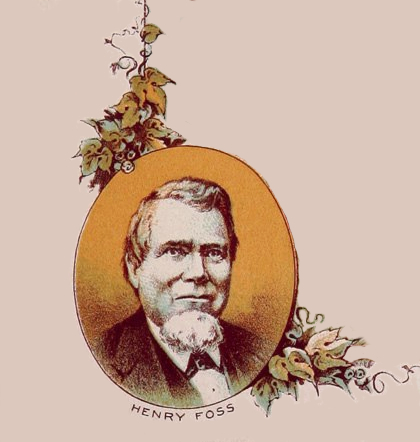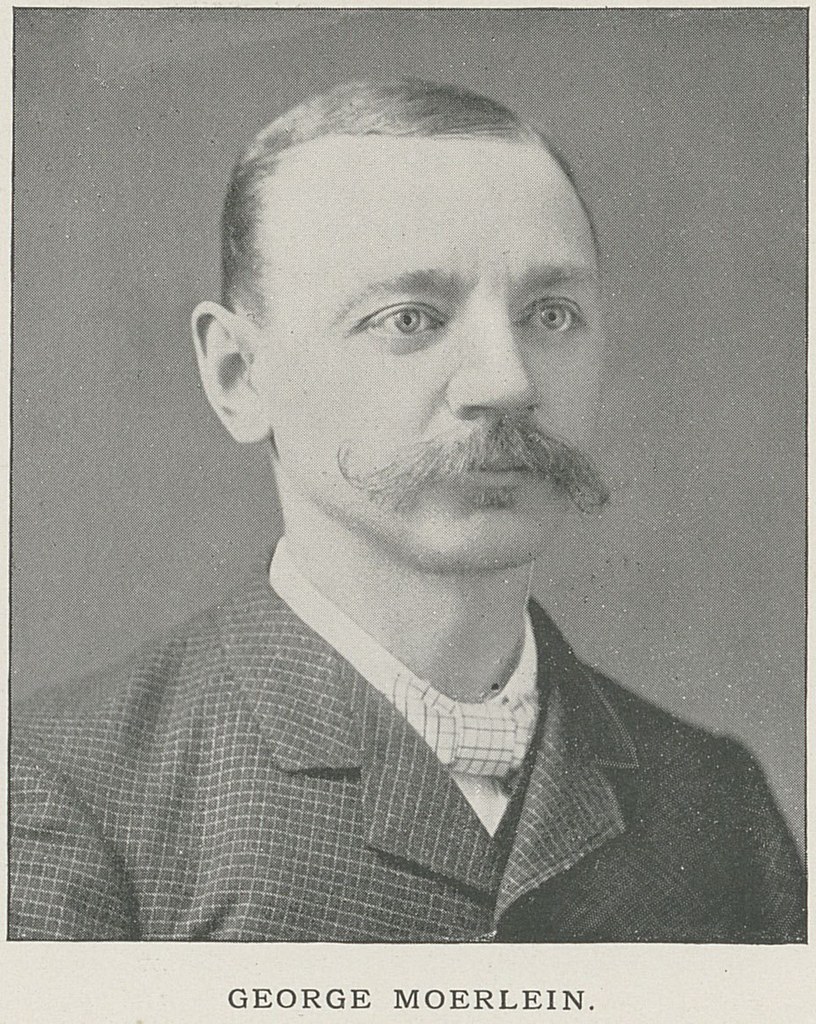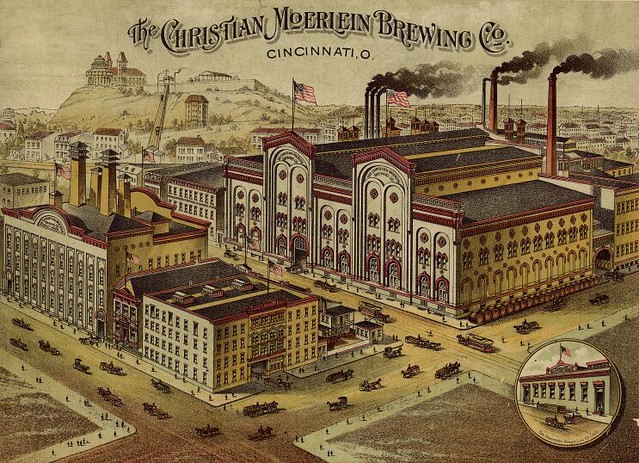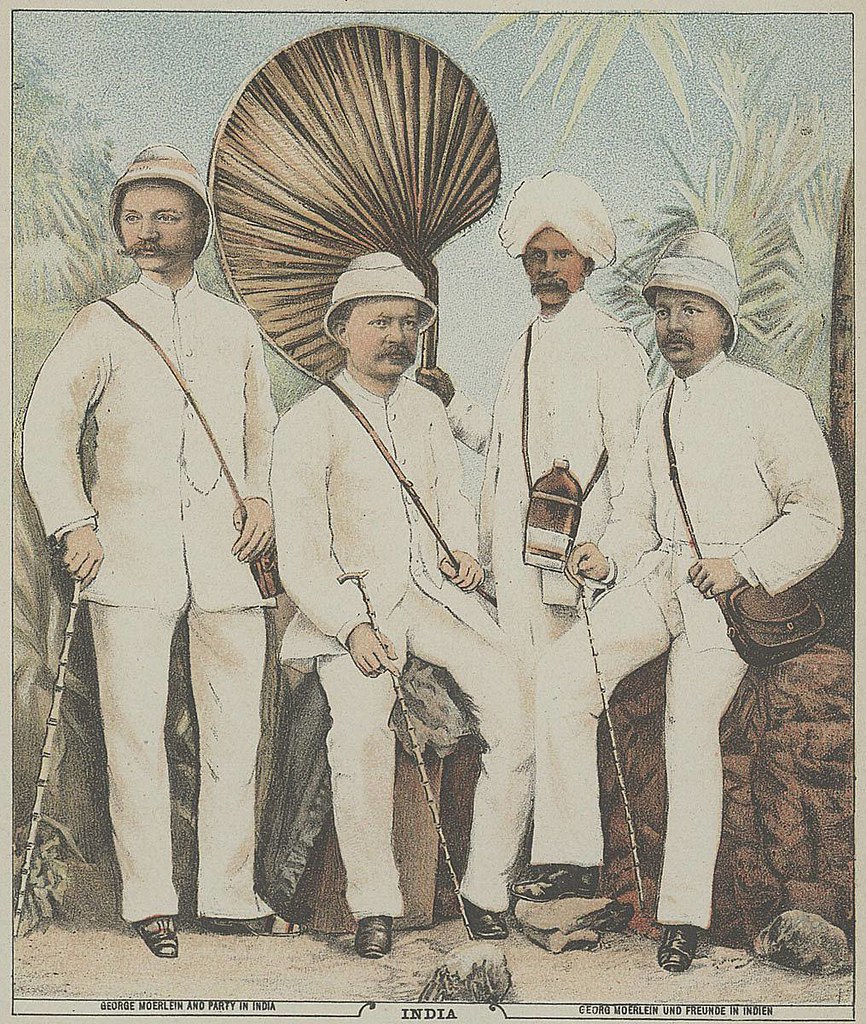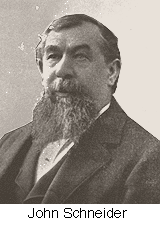![]()
Today is the birthday of Louis Hudepohl (July 20, 1842-April 27, 1902). Originally born as Ludwig Hudepohl II, he and partner George H. Kotte bought the Buckeye Brewery of Cincinnati, Ohio, in 1885, calling it the Kotte & Hudepohl Brewery, though it was later known as the Hudepohl Brewing Company in in 1885. “Hudepohl was the son of Bavarian immigrants and had worked in the surgical tool business before starting his brewery. Hudepohl combined with the Schoenling Brewing Company in 1986.”
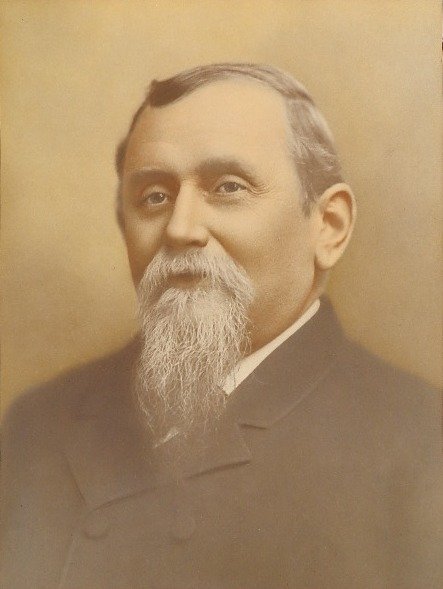
Here’s an account from Queen City History:
Louis Hudepohl (born Ludwig Hudepohl II) had a business model that would raise a few eyebrows in modern state regulatory agencies. He had a combination real estate office and liquor store on Main Street. The real estate thing must not have worked out because his business was listed solely as a wholesale liquor store a few years later; but he definitely had a bright future in the alcoholic beverage industry. Along with his partner George Kotte, Hudepohl sold the liquor store on Main and bought a fledgling brewery on Buckeye Street (now East Clifton) in 1885. Born in Cincinnati by German immigrant parents, Hudepohl would become the first American-born member of Cincinnati’s great pre-Prohibition beer barons. Although Louis Hudepohl died in 1902, his family-run brewery also bridged another generational gap: The Hudepohl Brewing Company was only one of four Cincinnati breweries to survive Prohibition. As the last to still be brewing near beer, the Bruckmann Brewing Company was the only Cincinnati brewery poised to immediately return to production of real beer. Hudepohl, Foss-Schnieder, and Schaller also resumed operations within a few months, and under their pre-Prohibition names. Within a year, these breweries were followed by a series of others that breathed new life into pre-Prohibition breweries.
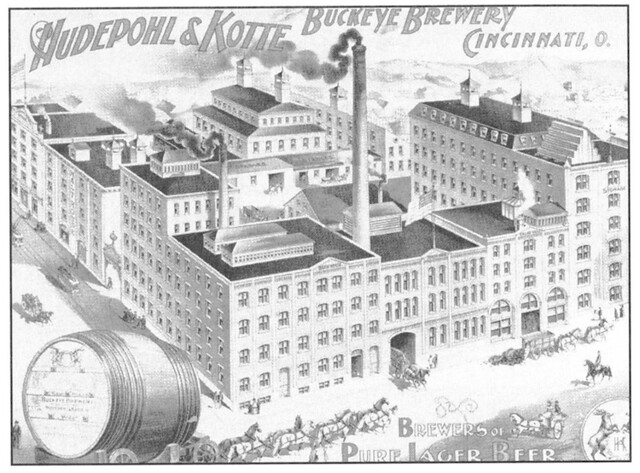
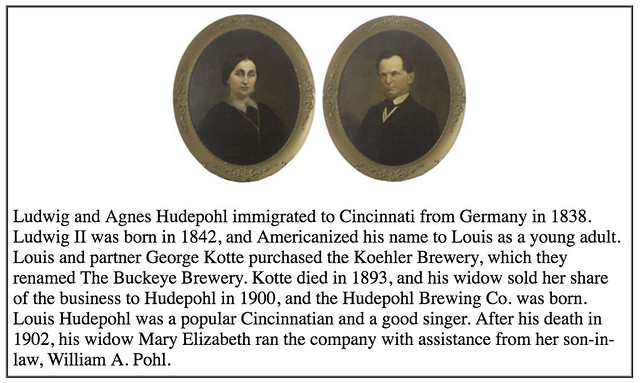
And another from Peared Creation:
Louis Hudepohl and his wife, Agnes, made their home in Cincinnati in 1838 after emigrating from Germany. Hudepohl met a business partner by the name of George H. Kotte and the two started a wholesale liquor store near Main and Ninth Street. In 1842 Louis had a son, Louis Hudepohl II, that would grow up to be a major player in Cincinnati brewing. He was initially trained in surgical tools but his lack of interest in the work prompted a move to his father’s liquor store at the age of 24.
Hudepohl II resumed partnership with Kotte, during which Hudepohl Sr. passed away in 1881. It was in 1885 that the new partners sold their store and bought the brewery on East McKinnon and 105/125 Clifton Avenues. The facility had a long history of brewering as it was used by Gottfried & Henry Koehler for 20 years, and then by Kaufmann Brewing Co. from 1883-1885. The duo encountered much success and raised production from 25,000 to 40,000 barrels in only their first year. By 1890 the brewery had more than 5 brands of beer and 100 employees. As the brands and barrels grew, the partners hired brewery architect Fredrick Wolf to design their expansion. Kotte’s death in 1899 prompted the renaming to Hudepohl Brewing Co. The same year, Louis introduced “Golden Jubilee” which became a craving among beer lovers across the region.
Of course the prohibition shut down brewery operations in 1919 but while many other breweries failed to adapt, the Hudepohl brand remained a constant in the market with their near beer and sodas. The near-beer was one half of 1 percent alcohol which they sold individually as well as mixed with a concoction of ginger ale which they called a Dutch Cocktail. After the Prohibition was lifted off, Hudepohl resumed his famous beer making. In fact he was one of the three brands including, Foss-Schneider and Schaller, who were able to reemerge after the prohibition. Following incessant demand for the Hudepohl brands the company purchased the Lackman Brewing Co. in order to increase production in 1934.
By the mid 1980s, Hudepohl was producing 100,000 barrels per year, making Hudepohl and beer synonymous in the tri-state area. Hudy Delight, introduced in 1978 became their star beer along with The Christian Moerlein Cincinnati Select Lager introduced in 1981. The beer, named after famous Cincinnati pre-prohibition brewer, had more flavor and a deep, rich golden color. Hudepohl manufactured 14 other beers including Hudepohl Bock, Hudepohl Beer, Chevy Ale, Old 85 Ale, Burger Light, Hudepohl Gold, and Hudepohl Oktoberfest to name a few. Hudepohl’s 100th anniversary was celebrated in 1985 when it was under the presidency of Bob Pohl. He was in need for an investor when Schoenling Brewing Company took over the business on the decline. The company operated as Hudepohl-Schoenling Brewing Company in the same Hudepohl facility until it was moved to Schoenling facility.
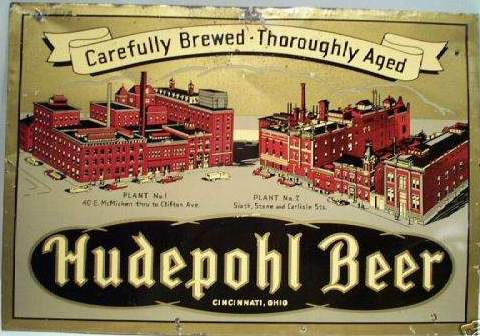
This biography appeared in the History of Cincinnati and Hamilton County, Ohio, published in 1894.

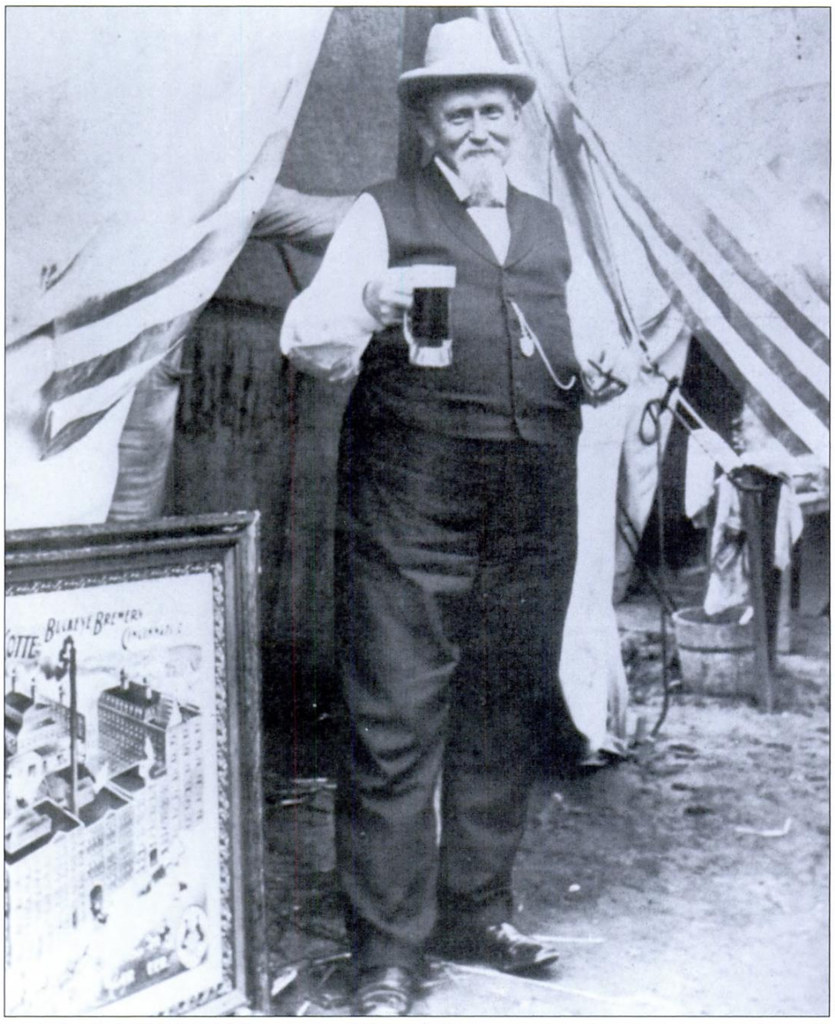 Louis Hudepohl later in life, enjoying life as a local celebrity.
Louis Hudepohl later in life, enjoying life as a local celebrity.
Sarah Stephens had this to say about Hudepohl in Cincinnati’s Brewing History:

